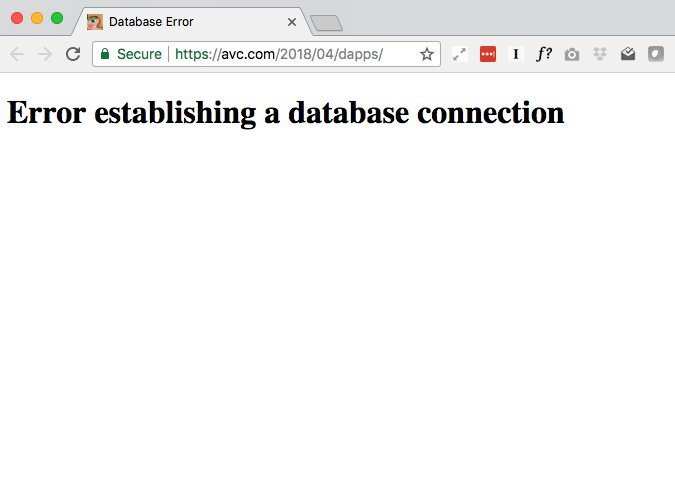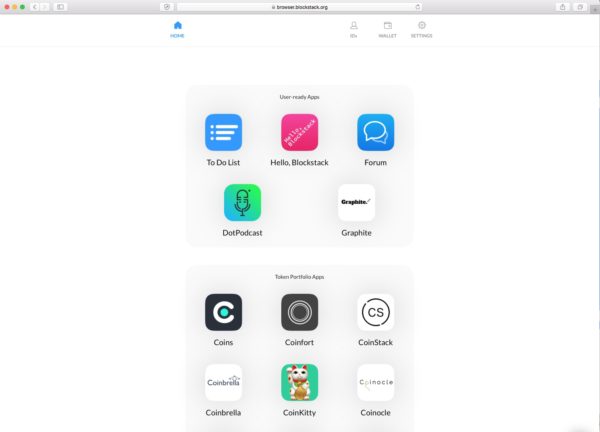One of the least discussed aspects of investing in startups is the value of the time commitment one makes to a company they invest in.
The money part is pretty simple; you invest capital into a business and get an equity participation in the upside. Both sides of that deal can analyze that transaction and understand it fairly well. Of course neither side knows what the ultimate payoff will be, but one can handicap it.
The time piece of the transaction is way more complicated.
Consider:
1/ The founder doesn’t know if they will actually get the investor to deliver on the promises made to add value and spend a lot of time on the investment. A founder can reference an investor and get a better sense of this but there is nothing written into an investment agreement that binds either party to make a specific time commitment to an investment.
2/ An investor doesn’t know for how long they may need to contribute to an investment. Will it be three years, five years or fifteen years?
3/ A founder doesn’t know how much of their time they will have to spend managing their investor group. Will the group be invasive and annoying or will it be value adding and helpful, or both?
4/ An investor doesn’t know if they will have to shore up a weak team with a ton of day to day support or if the team will be largely self sufficient and only need occasional advice and counsel.
I could continue with these examples but I think you get the idea.
Time is a valuable resource for all parties and it should be a factor that both sides include in the deal making analysis. But it often is not.
A good example of where it is explicitly considered is a late stage financing where a company specifically seeks out “passive capital.” In that scenario, both sides are choosing to largely remove the time equation from the investment analysis and simply treat the deal as an exchange of capital for equity. That is clean and simple and well understood.
Contrast that with a hotly contested seed transaction where a founder has demand for 5x what they want to raise. Every investor is promising to add value to get into the deal. The founder has to assign some value to the time each investor will contribute along with capital but has very little information to do so. The truth about these situations is a few seed investors will massively over deliver and the rest will massively dissapoint.
As an early stage VC who typically invests at the seed and Series A stage, I feel that the time piece of the equation in our deal making is the hardest part to get right. We should price our time into the investment math. We should pay a premium valuation for an investment that will require less time from us. And we should get a discount for an investment that will require a lot of our time.
We do consciously think about this in our deal making but we don’t have a crystal ball and we get this part wrong a lot. I have spent huge investments of time on situations that have not moved the needle for us and likely won’t. And I have been involved in companies that have delivered fantastic returns to us and our partners with very little effort on our part.
If one has time to evaluate the time commitment issue as part of an investment process, it becomes a bit easier for both sides to get this right. A rushed financing makes it harder and can lead to miscalculations on both sides.
Like everything in business (and life), you learn about this by getting it wrong. Founders and investors with a lot of experience understand the importance of this and factor time heavily into their investment decision making. And that leads to a healthier dynamic for everyone.




